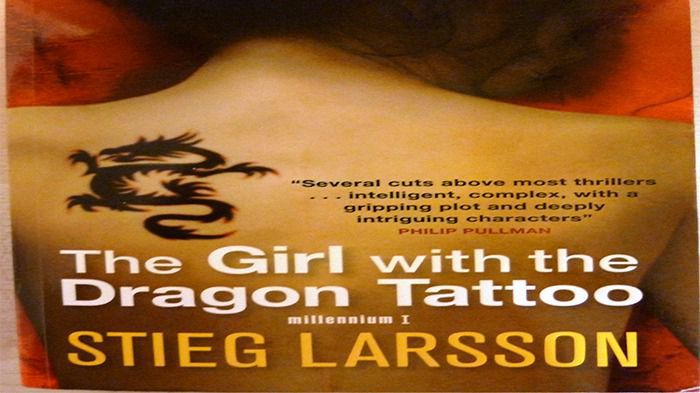Introduction:
The Girl with the Dragon Tattoo, a novel by Stieg Larsson, was published posthumously in 2005 and was the first in a trilogy of the Millennium series. This novel made shocking revelations about society’s social injustices and targeted the system’s corruption. Whether you have already read it or plan to read it, you will find this blog post insightful as we go in-depth into the nooks and crannies of this enigmatic thriller.
1) Characters and plot:
The story revolves around two characters, Mikael Blomkvist and Lisbeth Salander, from different worlds yet bound to an unlikely alliance through a troubling case. Mikael, a financial journalist, lost his job and had to face legal repercussions after publishing an article that indirectly defamed a powerful corporate figure. Lisbeth, a hardened, socially isolated hacker, is assigned to audit Mikael before he is hired to investigate a 40-year-old mystery surrounding the disappearance of a girl from a wealthy family. The initial scenes are quite slow-paced as the author is building the story’s foundations but, as the story progresses, elements of sexual violence, abuse, power dynamics, and gender roles come to light, which makes for an enthralling read.
2) Themes and motifs:
The novel’s central themes and motifs involve social commentary, feminism, altruism, violence, cybercrime, and political corruption. The author delves into topics that are not usually explored in thrillers, which makes this novel a groundbreaking work of art. Throughout the pages, we see instances of victim-blaming, slut-shaming, and how society views women as a vulnerable faction, which is summarised by Lisbeth Salander’s character, a powerful expression of a woman with immense control over her sexuality and her environment. The novel’s political undertones and Sweden’s media censorship laws are also exposed throughout the text.
3) Writing style and symbolism:
Stieg Larsson’s text’s writing style is crisp, concise, and intentionally devoid of emotions, adding to the book’s gritty and harsh tone. The book’s settings, especially the island estate, hold some deeper significance that readers may not pick at first glance, and the author uses symbolism frequently throughout the story. Salander’s dragon tattoo, for instance, is an obvious metaphor for her character’s inner strength and resilience.
4) Reception and legacy:
The Girl with the Dragon Tattoo received positive reviews from critics, readers, and the literary community worldwide. The novel set the bar high for the subsequent novels in the Millennium series and inspired other authors to explore similar themes in their works. The novel was adapted into both a Swedish and an American film, and its influence on Scandinavian literature and culture cannot be understated.
5) Final thoughts:
The Girl with the Dragon Tattoo is an essential thriller that should be in everyone’s reading list. The novel’s blending of crime fiction, social commentary, and feminist themes gives it depth and encourages readers to question their society’s structures. Larsson’s portrayal of strong female characters is inspiring, and I would strongly recommend this novel to all readers.
Conclusion:
In conclusion, The Girl with the Dragon Tattoo is more than just a thriller; it’s a thought-provoking novel that offers insights into important societal issues. With its well-crafted plot, complex characters, and strong thematic elements, the book is a masterpiece. If you haven’t read it yet, you’re missing out on a unique and refreshing experience. I hope this review has encouraged you to pick up this novel and delve into the gritty and complex worlds of Larsson’s imagination.